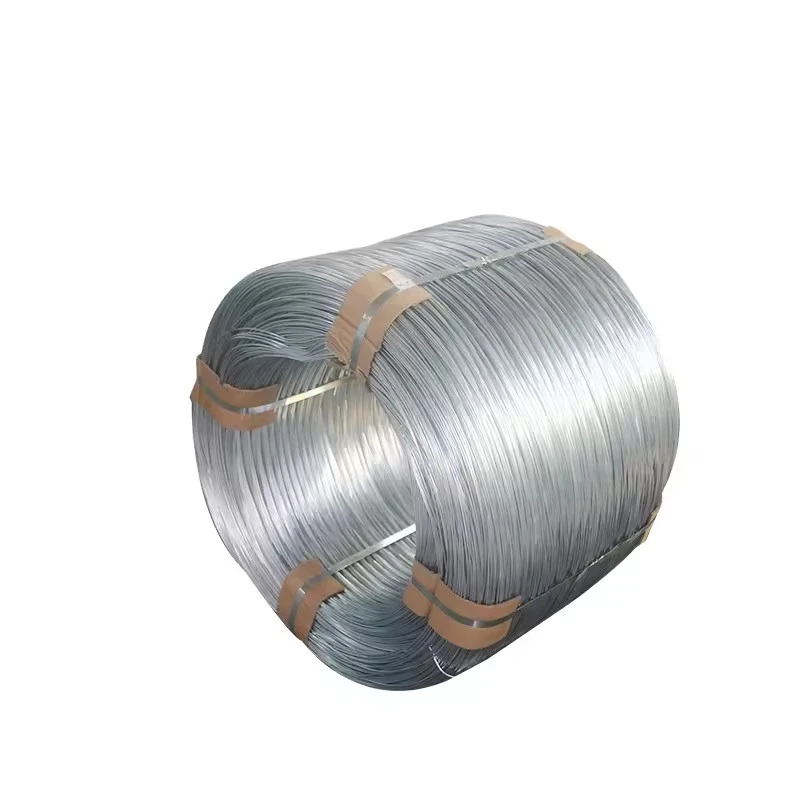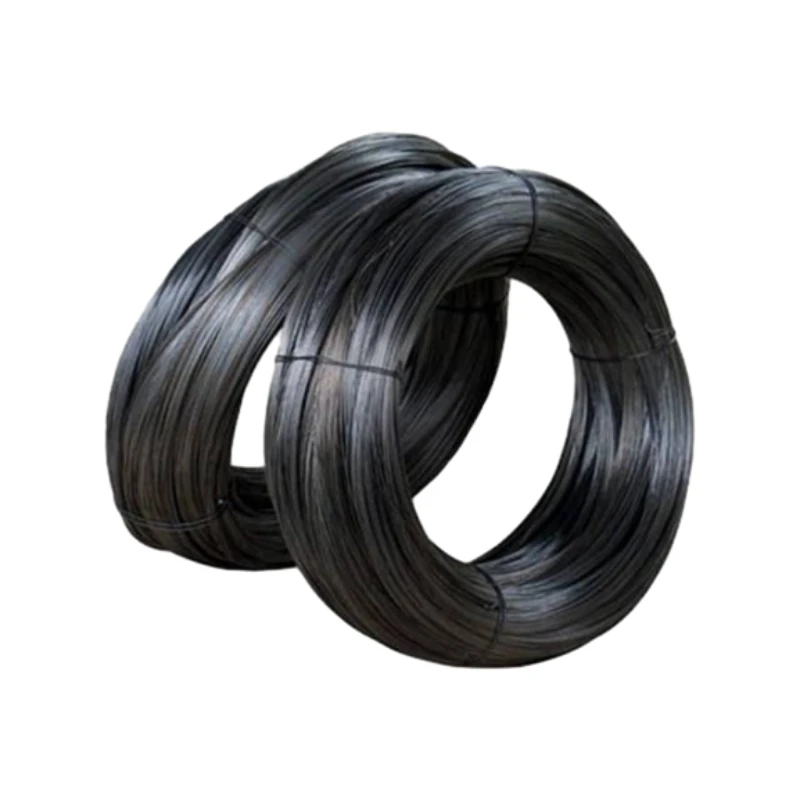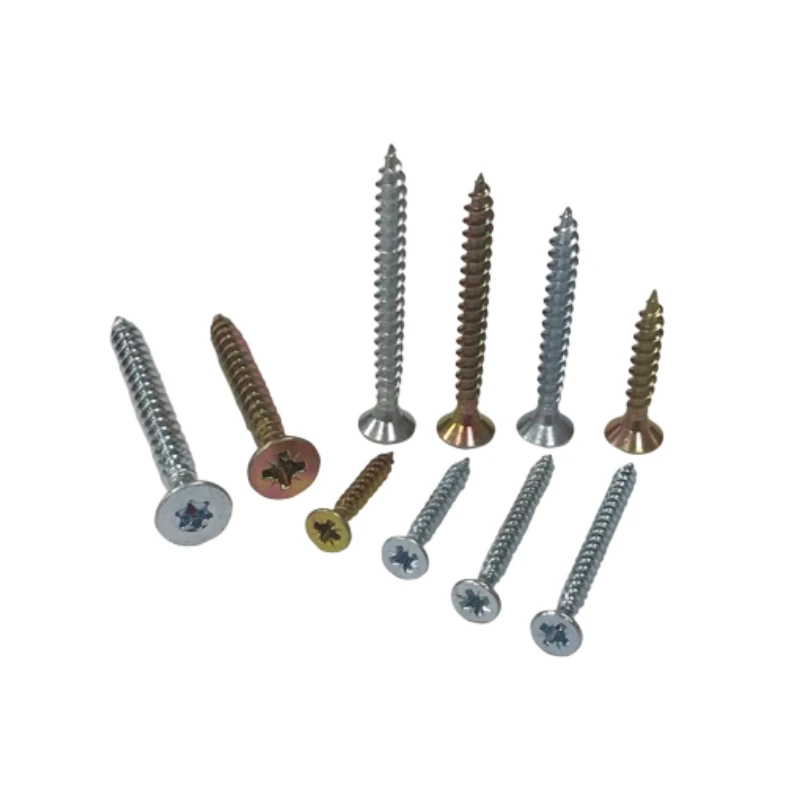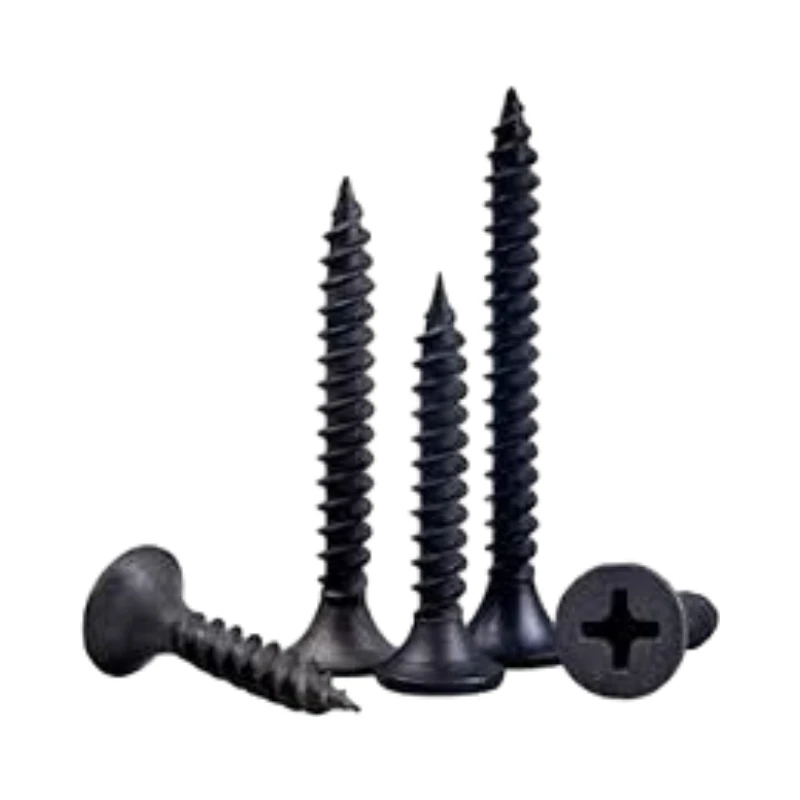
Talk With Us
+86-13601661296
Email Address
admin@sxjbradnail.comNov . 13, 2025 10:30
Back to list
Collated Brad Nails: Durable Fastening for Industrial Projects
Why Collated Brad Nails Remain a Staple in Industrial Fastening
I’ve worked with fasteners long enough to say this: collated brad nails are sometimes overlooked, but they do have their day. They’re those thin, delicate-looking nails that somehow pack a punch when it comes to holding panels, trim, and lightweight projects together. What’s fascinating is how this simple tool adapts to all kinds of industrial settings — from cabinetry to fine woodworking and even some assembly lines where speed and precision are critical. The key is the way these nails come pre-arranged — collated — so they fit neatly inside an automatic nailer. This means no fumbling with individual nails, which is a small time-saver, but when you’re running multiple projects a day, those seconds really add up. And, frankly, watching a brad nail fire cleanly and sink flush without splitting the wood is oddly satisfying.Understanding the Design & Material of Collated Brad Nails
Collated brad nails usually have thinner shafts than regular nails, often ranging from 18 gauge, which makes them perfect for delicate trim work where you want to avoid visible nail holes. Some manufacturers use stainless steel or galvanized steel for better corrosion resistance, especially when working outdoors or in humid environments. I’ve noticed that the coatings can make a big difference not only in durability but also in how smoothly the nails feed through the gun — less jamming equals fewer headaches. One thing I always recommend is testing the nails with your specific brad nailer. Some brands vary slightly in their collation angle — 21°, 28°, even 34°, depending on the model, and mixing mismatched nails with your nailer can cause frustration you don’t need.Typical Applications and Advantages of Collated Brad Nails
Sure, you can hammer in a few brads by hand or even use staples in some cases, but collated brad nails offer a combination of speed and precision that’s hard to beat when you’re on the clock or tackling detailed finish work. They’re great for: - Attaching moldings and baseboards without large splits - Securing thin panels without damaging the surface - Assembly work in furniture where visible damage must be minimized There was one memorable job where a customer was assembling hundreds of picture frames a day. Switching to collated brad nails cut their fastening time nearly in half — and they told me the finish looked noticeably cleaner.A Quick Look at Collated Brad Nail Specifications
| Specification | Details |
|---|---|
| Nail Gauge | 18 gauge (typical) |
| Length Range | 12mm - 50mm (0.5" - 2") |
| Collation Angle | 21°, 28°, 34° (varies by model) |
| Material | Galvanized or stainless steel |
| Finish | Bright, galvanized, or coated |
| Packaging | 1000 nails per strip (approx.) |
How Does SXJ Staple Compare in the World of Collated Brad Nails?
Picking out the right vendor can feel like walking through a maze of options. I’ve dealt with many suppliers over the years, but some stand out for consistency and innovation. Here’s a quick vendor comparison table that reflects what many engineers — myself included — often consider before bulk buying:| Vendor | Nail Material Quality | Collation Accuracy | Price per 1000 Nails | Availability & Support |
|---|---|---|---|---|
| SXJ Staple | High-grade galvanized steel | ±1° consistent collation angle | Moderate | Global distribution, responsive |
| Vendor A | Standard steel, variable coating | ±3° variance | Low | Limited regional stock |
| Vendor B | Premium stainless steel | ±2° variance | Premium pricing | Good support network |
Final Thoughts on Using Collated Brad Nails
In real terms, if you’re still using traditional loose nails or staples for finish work, you’re probably missing out on a smoother workflow. Collated brad nails might sound like just another fastener, but their role is pretty crucial in industries where speed and finish quality go hand in hand. The best part? You don’t have to compromise between speed and precision. The collated brad nails from seasoned vendors like SXJ Staple give you both. Oh, and if you ever get the chance, try caching a quiet moment on the jobsite watching those nails fly — oddly calming. ---
References & musings:
1. Field observations from over a decade in industrial fastening.
2. Product datasheets and vendor catalogs (including SXJ Staple).
3. Conversations with assembly line engineers and finish carpenters.
1. Field observations from over a decade in industrial fastening.
2. Product datasheets and vendor catalogs (including SXJ Staple).
3. Conversations with assembly line engineers and finish carpenters.
Latest News
-
2 Inch Brad Nails - Precision Fastening for Woodworking & ConstructionNewsNov.24,2025
-
Affordable Quality: Understanding Cheap Brad Nails and Their Global ImpactNewsNov.24,2025
-
Type F Brad Nails: Precision Fasteners for Quality Craftsmanship & IndustryNewsNov.23,2025
-
High-Quality Type 47 Brad Nails for Precision & Durability | SXJ IndustrialNewsNov.23,2025
-
T47 Nail: The Ultimate Guide to Industrial and Construction ApplicationsNewsNov.22,2025
-
Everything You Need to Know About T Head Brad Nails | Global Fastening SolutionsNewsNov.22,2025









